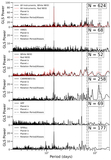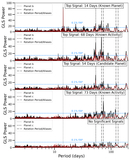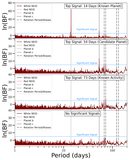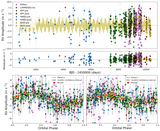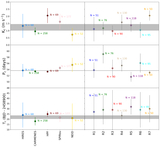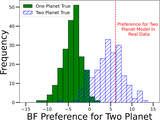Image Details
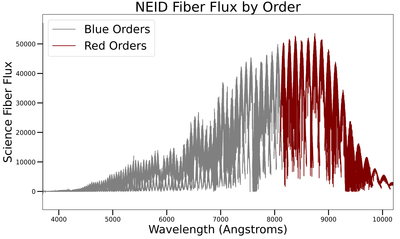
Caption: Figure 1.
Science fiber flux as a function of wavelength for the GJ 251 NEID spectra taken on 2021 October 11. Each order of flux is centered around a different peak wavelength. The NEID spectrograph has 174 orders, though the instrument response is primarily meaningful for orders 52 through 174. Notable is the low S/N for the bluer orders. As an early M dwarf, GJ 251 contains most of its flux at longer wavelengths. The section highlighted in red corresponds to a peak order wavelength greater than 8000 Å. These red orders are used in our creation of “red” NEID RVs for GJ 251.
Copyright and Terms & Conditions
© 2025. The Author(s). Published by the American Astronomical Society.


